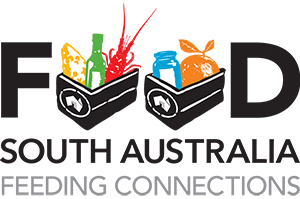Ingredients
- Panna Cotta
- 210 full fat cream
- 45g raw sugar
- 2.5 sheets platinum strength gelatine sheets
- 210g full cream yoghurt
- Baked Rhubarb
- 3 rhubarb stalks cut into 3cm stalks
- 1/2 teaspoon raw sugar
- Strawberry Syrup
- 100g strawberries, hulled
- Garnish
- 150g strawberries, hulled and cut widthways
- Shard Meringue
- 1 egg white weighed (generally 40g if no scales available)
- Double the eggwhite weight in caster sugar (80g if no scales available
If making the shard meringue, preheat the oven to 100 degrees °C. If not, skip the shard section and preheat the oven to 200 degrees °C.
For the shard meringue start by setting up a double boiler on a medium heat, and place the eggwhite and caster sugar into the top bowl. Continually whisk the mixture over the heat until the sugar has completely dissolved and it begins to look smooth, white and creamy, approx. 5 minutes.
Remove the bowl from the heat and transfer the contents to a mixing bowl of a stand mixer fitted with the whisk attachment. Set the stand mixer to the highest setting and whisk until the meringue has aerated and is stable, approx. 5 minutes.
Line a flat large (approx. 35cm x 30cm) baking tray with baking paper, then pour the meringue in a line down the tray. Using a pallet knife spread the meringue into a thin, even layer across the baking paper. Place the meringue into the oven and allow to dehydrate for an hour.
Remove the tray from the oven and allow to cool. Once cool, gently flip the meringue over and softly peel the baking paper off. Snap the meringue into desired shard shapes.
For the yoghurt panna cotta, fill a bowl that will fit the gelatine sheets with room temperature water. Place the gelatine sheets into the bowl and allow to soften until needed.
Place the cream and sugar in a medium saucepan and bring to just under the boil on a medium heat. Squeeze any excess water out of the gelatine, then place into the cream and sugar mix and whisk well to combine. Remove from the heat, then whisk in the yoghurt.
Pour the mixture into 5 moulds and allow to set in the fridge for 2 hours or until firm.
For the rhubarb, increase the oven to 200 degrees °C. Place the rhubarb onto a lined baking tray and sprinkle the sugar over the top, then place another sheet of baking paper over the rhubarb. Place into the oven and bake until tender but still holding their shape, approx. 10-15 minutes, depending on how you like your rhubarb cooked.
For the strawberry syrup place the strawberries into a blender and blend well with the minimum amount (approx. 1 Tbsp) of water or any liquid (white wine/ champagne works well) until a smooth liquid is formed. Strain the mixture through a fine sieve.
To unmould the panna cotta’s, fill a bowl deep enough to fit the entire moulds with hot water. Dip the panna cottas into the water for about 5 seconds, then carefully run a thin butter knife down to the bottom of one side. Flip the mould into the desired place on the plate and lift up to release the panna cotta. If the panna cotta doesn’t release, place back into the hot water quickly and try again.
By: Ben Trobbiani







